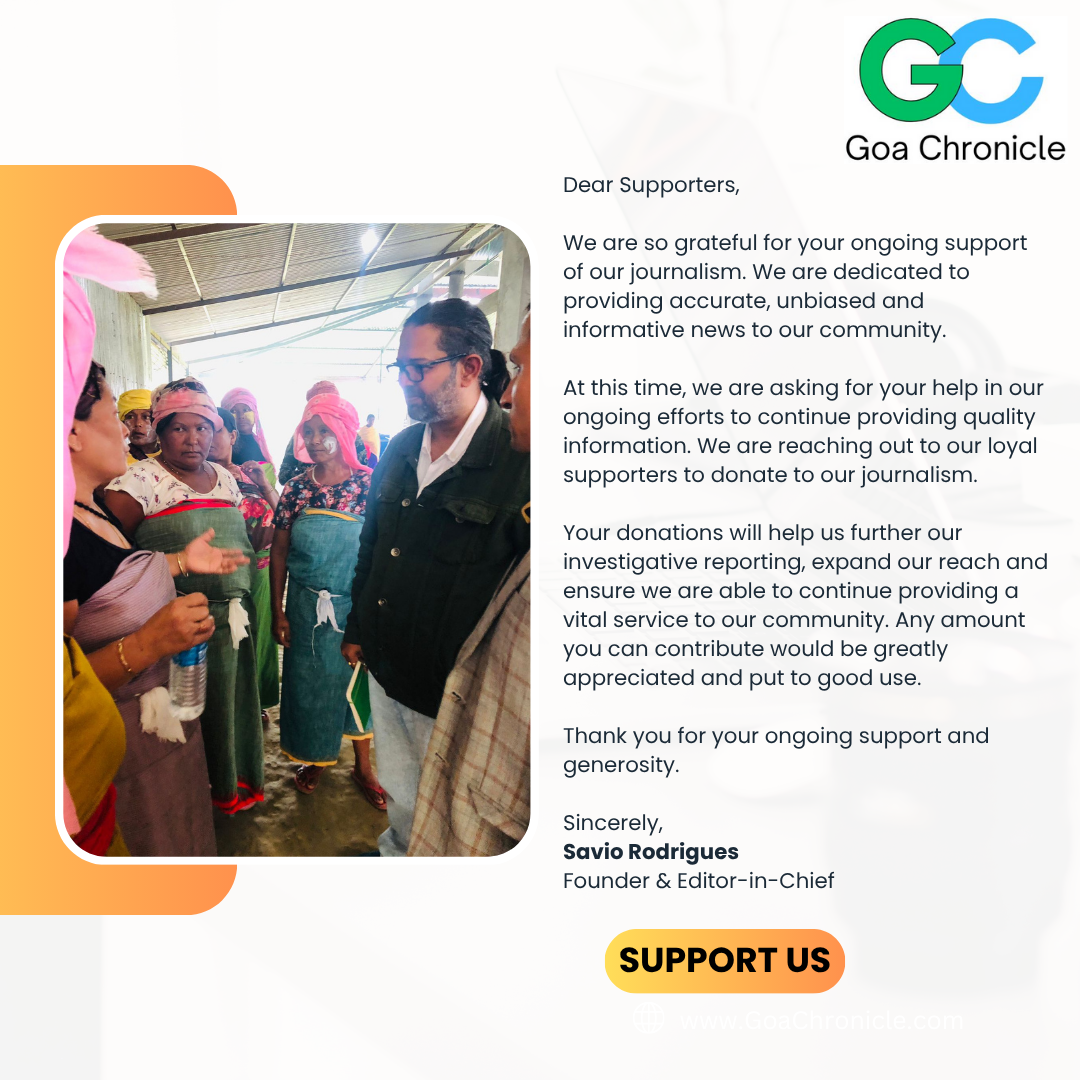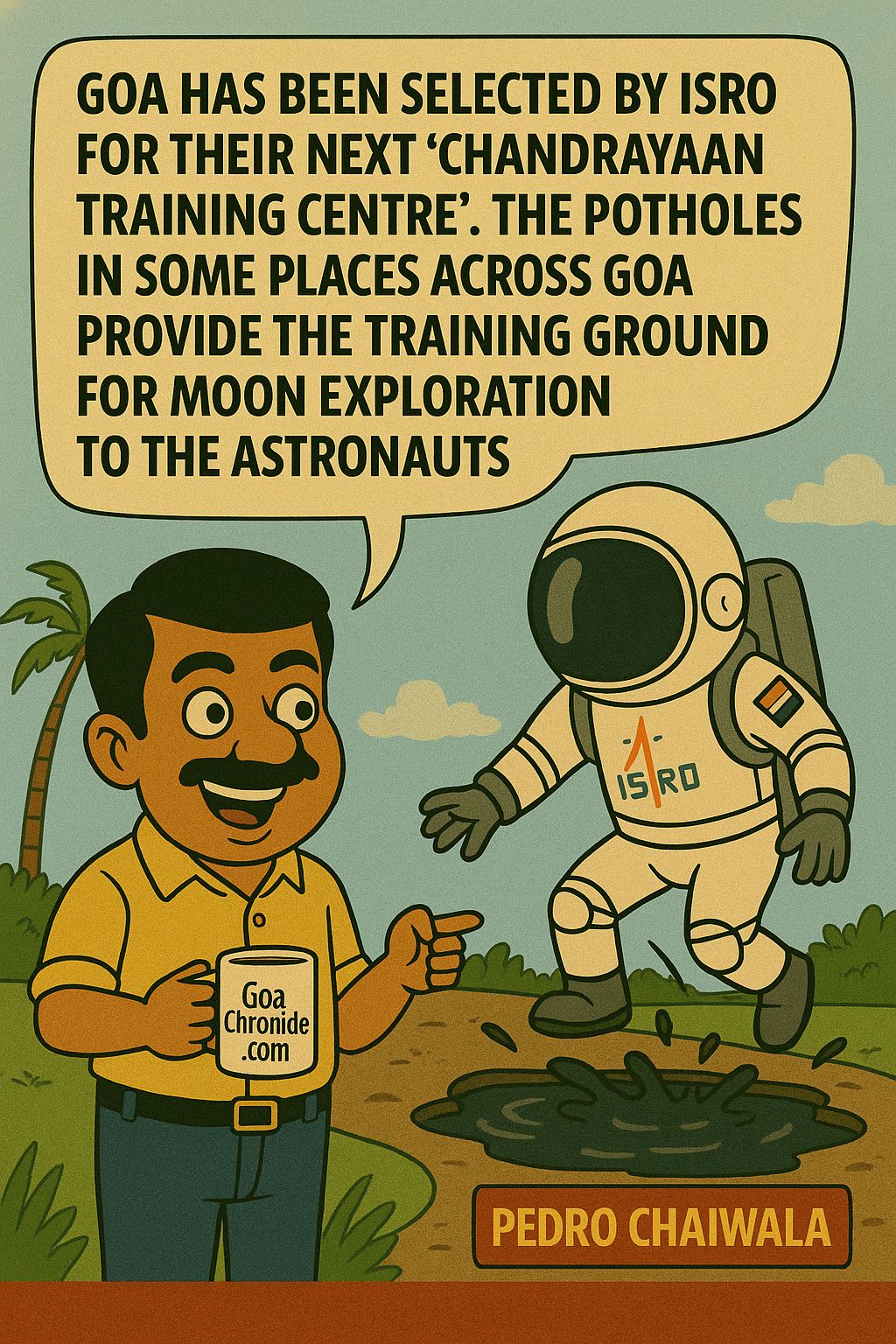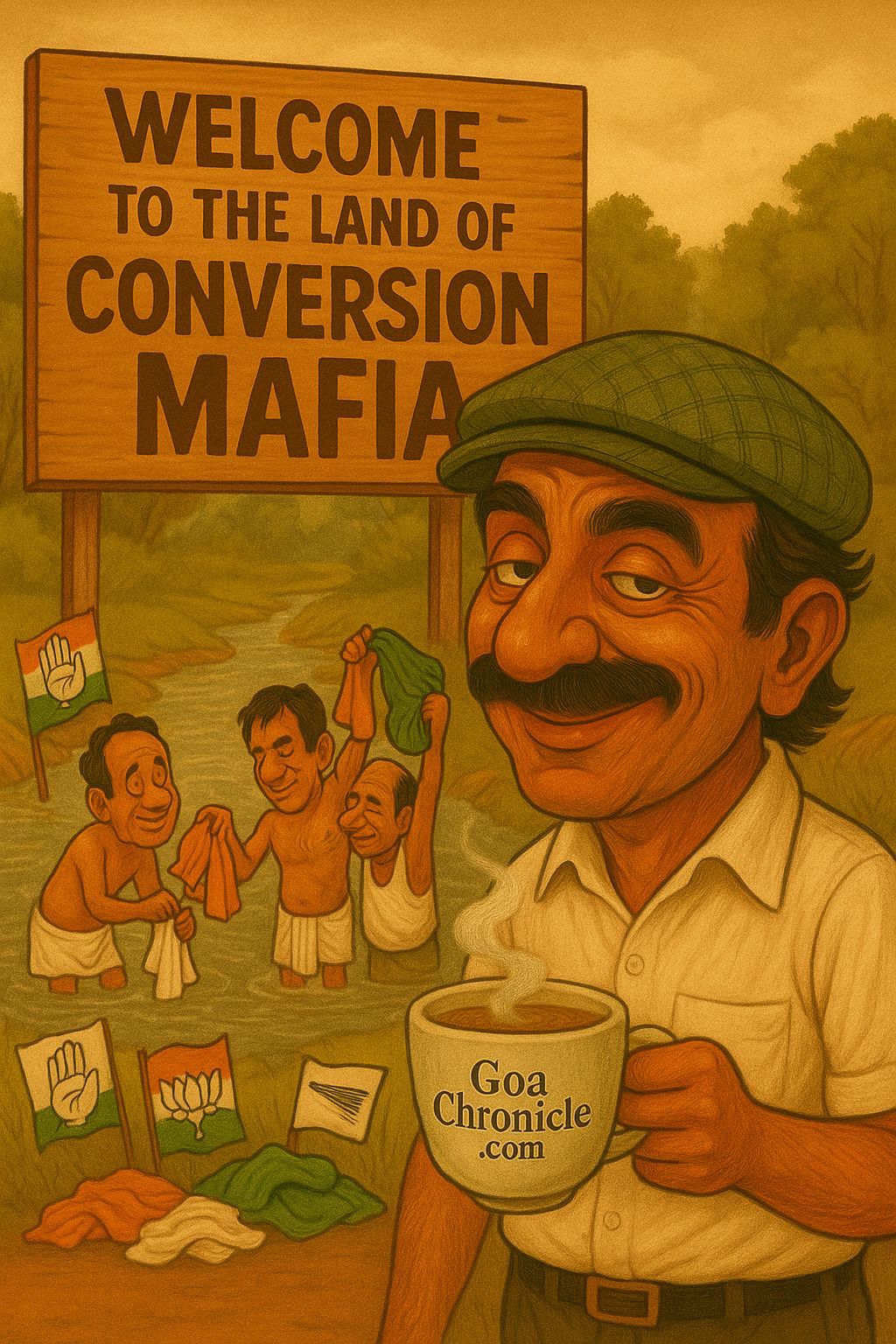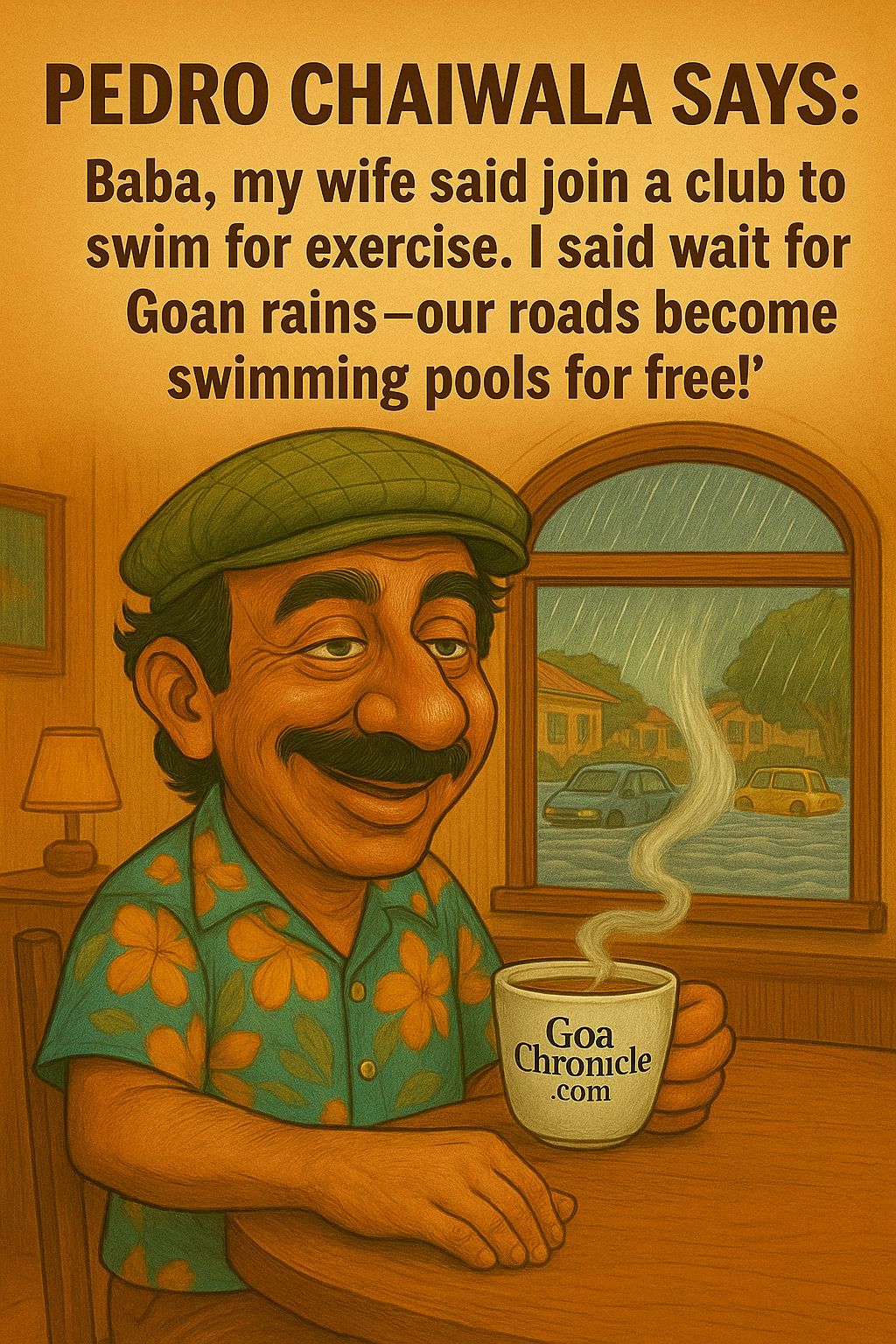I. The First Pathways
Around 14,000 years ago, humans crossed the Bering Land Bridge from Asia.
They followed herds and found new homes. Their descendants became Alaska’s Indigenous peoples:
– Inupiat and Yup’ik in the Arctic, hunters of sea mammals.
– Athabaskans in the interior, living by rivers and forests.
– Tlingit, Haida, Tsimshian in the Southeast, makers of canoes and totems.
– Aleut (Unangan) in the Aleutians, masters of sea navigation.
For them, Alaska was not wilderness. It was homeland.
II. Russians Arrive
Between 1725 and 1741, Russian explorers mapped the coast. They found otter pelts, prized in China. In 1784, they built their first settlement at Three Saints Bay, Kodiak Island. Priests, traders, and settlers followed. Diseases and violence struck Native villages. But Alaska was costly to hold. By the mid-1800s, Russia wanted out.
III. Seward’s Folly
In 1867, the U.S. bought Alaska for $7.2 million. Critics laughed, calling it “Seward’s Folly.” Yet the deal proved wise. It pushed Russia off the continent. It gave the U.S. resources, forests, and fisheries. It opened a new frontier.
IV. Gold and Territory
The Klondike Gold Rush of the 1890s drew thousands. Towns and camps sprang up. Alaska’s image changed, from empty land to land of fortune. In 1912, Alaska became a U.S. territory. In 1915, work began on the Alaska Railroad, linking Seward to Fairbanks.
Hardship was common. The 1918 influenza wiped out villages. In 1925, sled dog teams carried diphtheria serum to Nome. That heroic run inspired the Iditarod race.
V. World War II
In 1942, Japanese forces invaded Attu and Kiska in the Aleutians. Alaska became a battlefield. The Aleutian Campaign was fought in storms and fog. U.S. and Canadian troops retook the islands. The war also left scars, Aleut communities were uprooted and relocated.
VI. Cold War Shield
After 1945, Alaska became a Cold War outpost. It faced the Soviet Union across the Bering Strait.
– Radar lines scanned the skies for bombers.
– Elmendorf and Eielson Air Bases grew in size.
– Submarines and fighters guarded the Arctic.
Alaska was no longer remote. It was America’s northern shield.
VII. Statehood and Quake
On January 3, 1959, Alaska became the 49th state. Five years later came disaster. On Good Friday, 1964, a 9.2 quake struck. Anchorage fell, tsunamis rose, and over 130 died. Alaska rebuilt, stronger than before.
VIII. Oil and Environment
In 1968, oil was found at Prudhoe Bay. The Trans-Alaska Pipeline was finished in 1977. Wealth poured in. Roads, schools, and the Permanent Fund Dividend came with it. But in 1989, the Exxon Valdez spill poisoned Prince William Sound. Wildlife died. Coastlines were ruined. Earlier, in 1980, Congress had already set aside 100 million acres for parks and refuges. Alaska became both an oil giant and a conservation haven.
IX. Indigenous Rights
In 1971, the Alaska Native Claims Settlement Act returned 44 million acres and nearly $1 billion to Native corporations. This was a turning point. Native groups gained land, funds, and a louder voice. Yet challenges remain, climate change, relocation, and inequality. Still, Native leadership continues to shape Alaska’s future.
X. The Arctic Century
The Arctic is now central to global power. Melting ice opens routes and resources.
– Russia has rebuilt bases and deployed icebreakers.
– China calls itself a “near-Arctic state.”
– The U.S. relies on Alaska for its Arctic presence.
Joint Base Elmendorf-Richardson and the 11th Air Force make Alaska the pivot of U.S. northern defense.
XI. Today’s Alaska
In 2025, two events told Alaska’s story. The Iditarod centennial honored the 1925 serum run, a legacy of endurance.
That same year, Anchorage hosted a Trump – Putin summit. It was proof that Alaska is not just wilderness, but a stage for world politics.
XII. Conclusion
Alaska’s story is one of survival and renewal.
– First peoples made it home.
– Russia claimed it, then sold it.
– America mined it, defended it, and finally embraced it.
– Nature shook it, and oil transformed it.
– Today, it stands at the edge of climate, energy, and strategy.
Alaska is not just the “last frontier.” It is a living frontier, where Indigenous roots meet global rivalries, and where the future of the Arctic will be decided.































